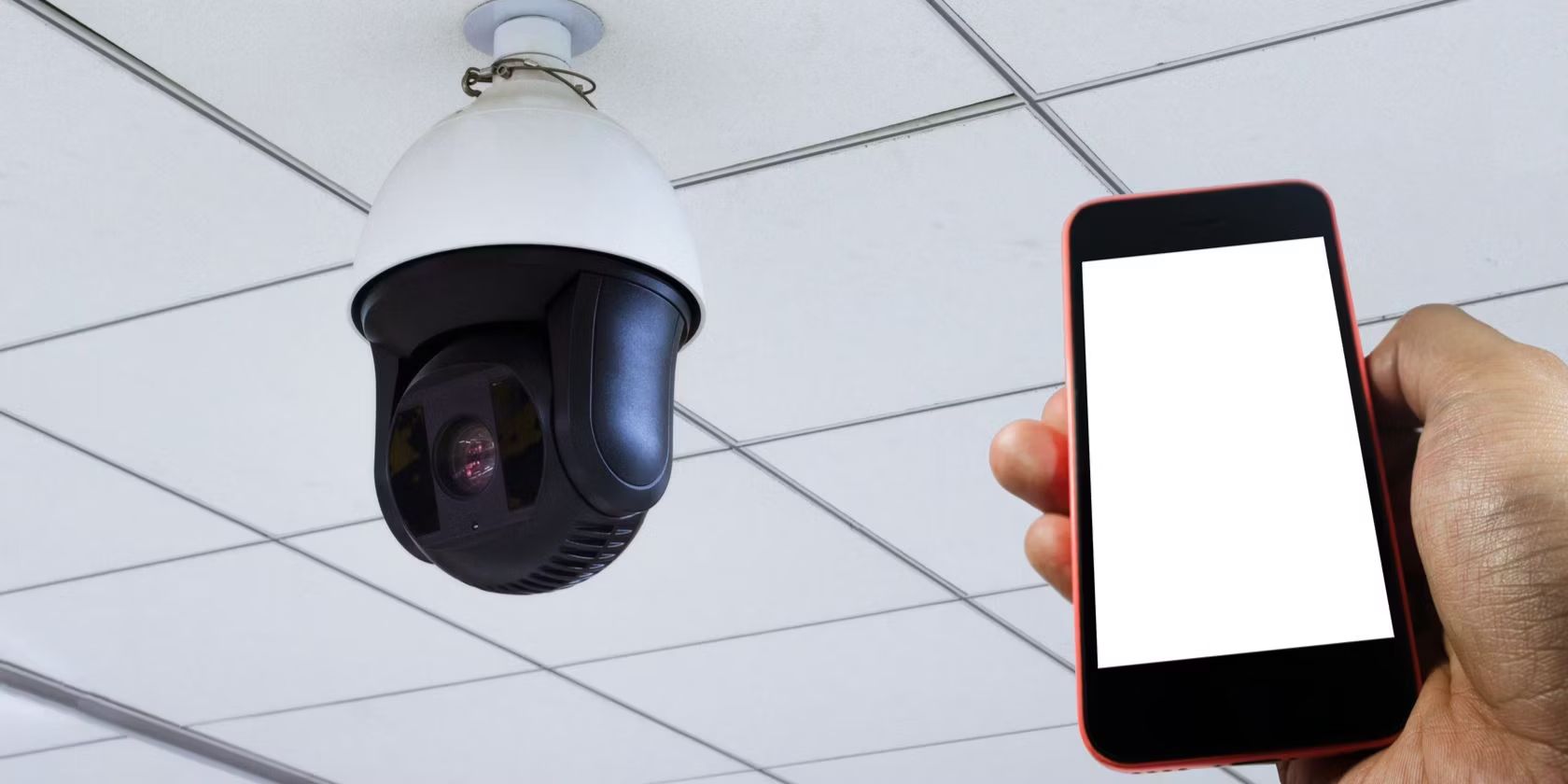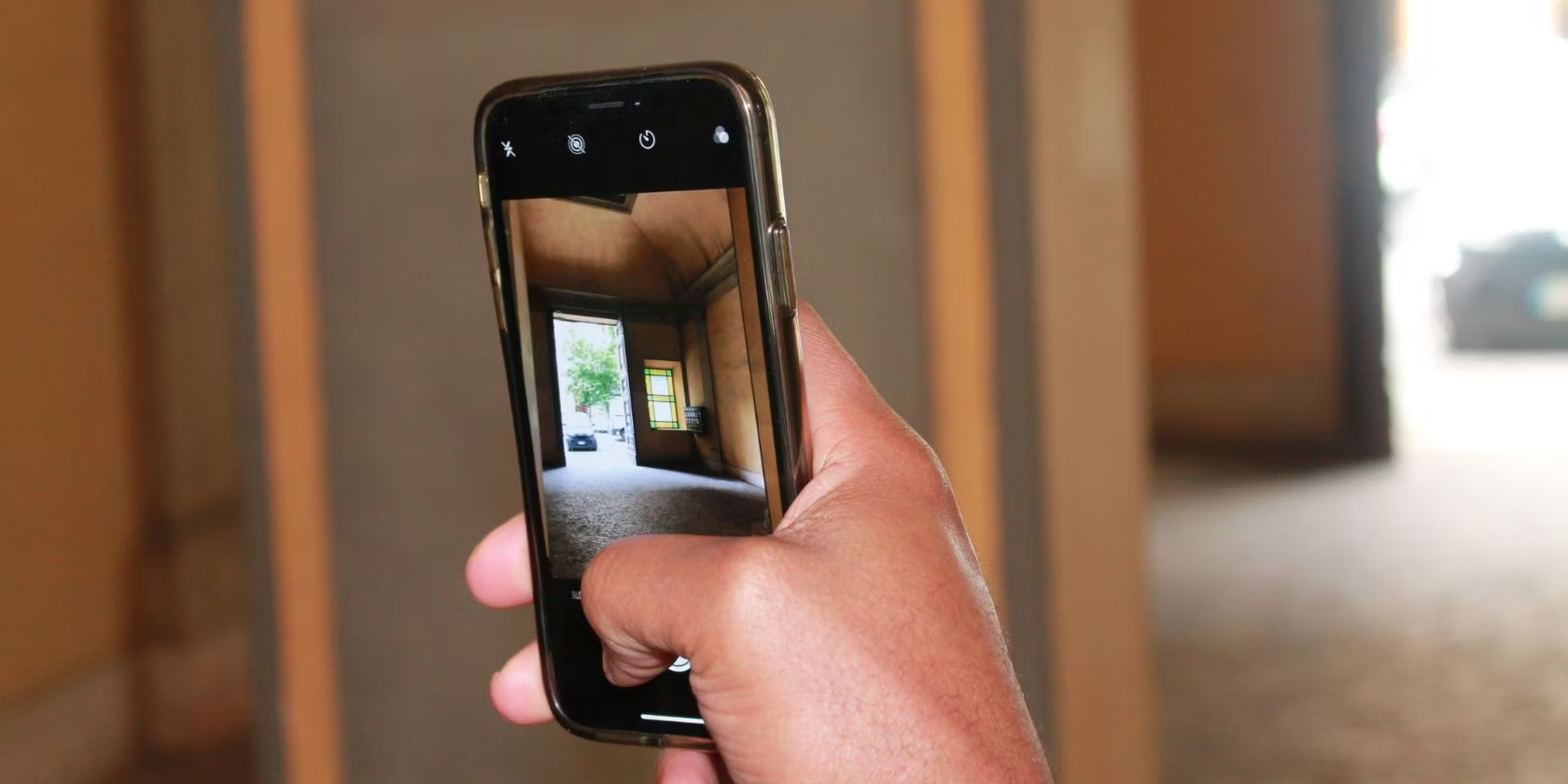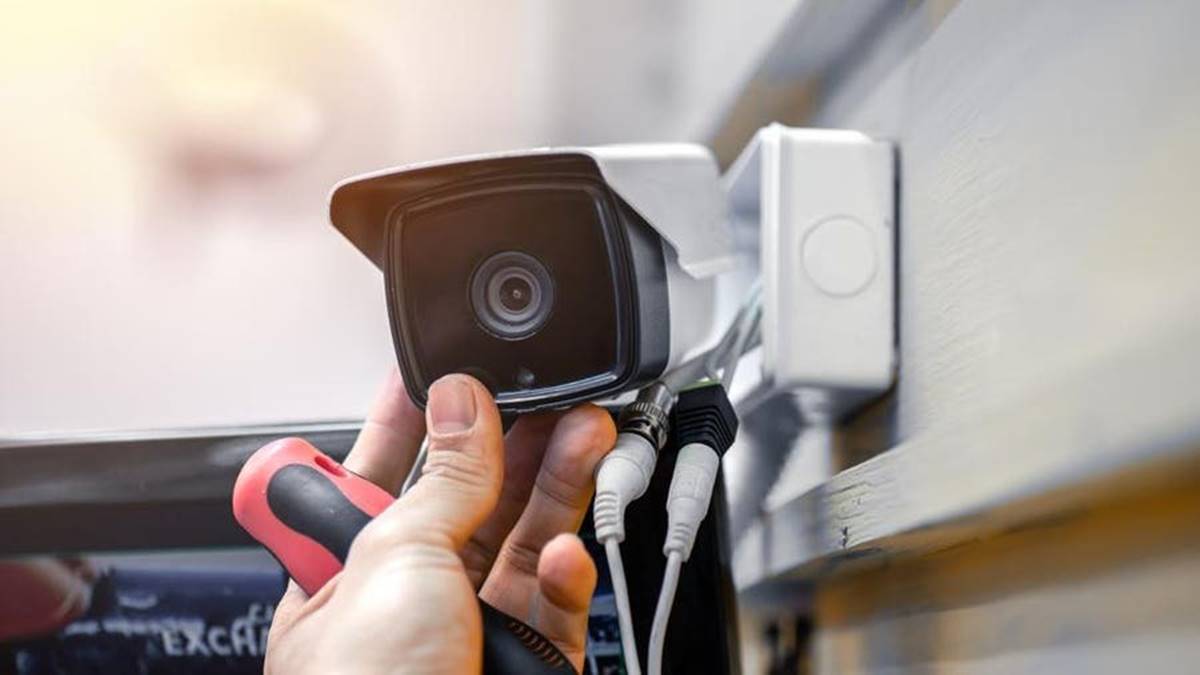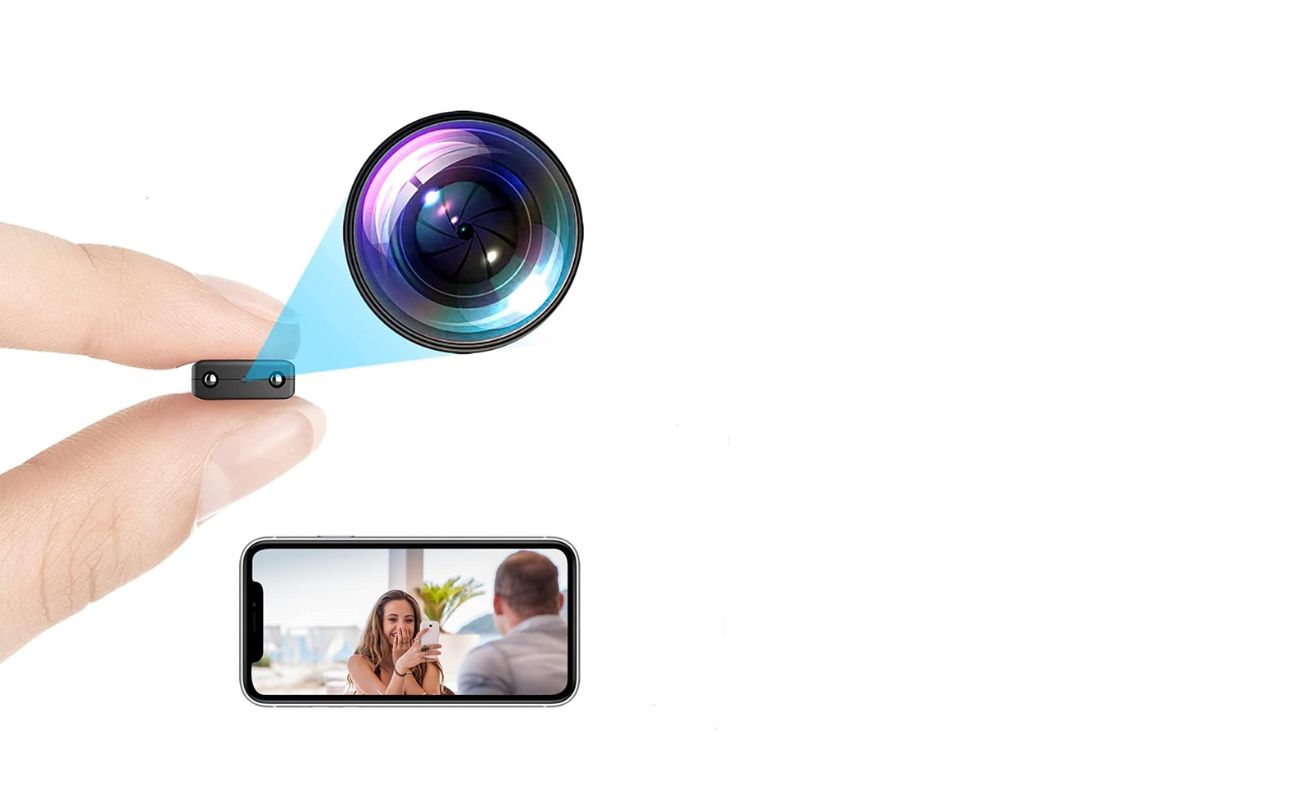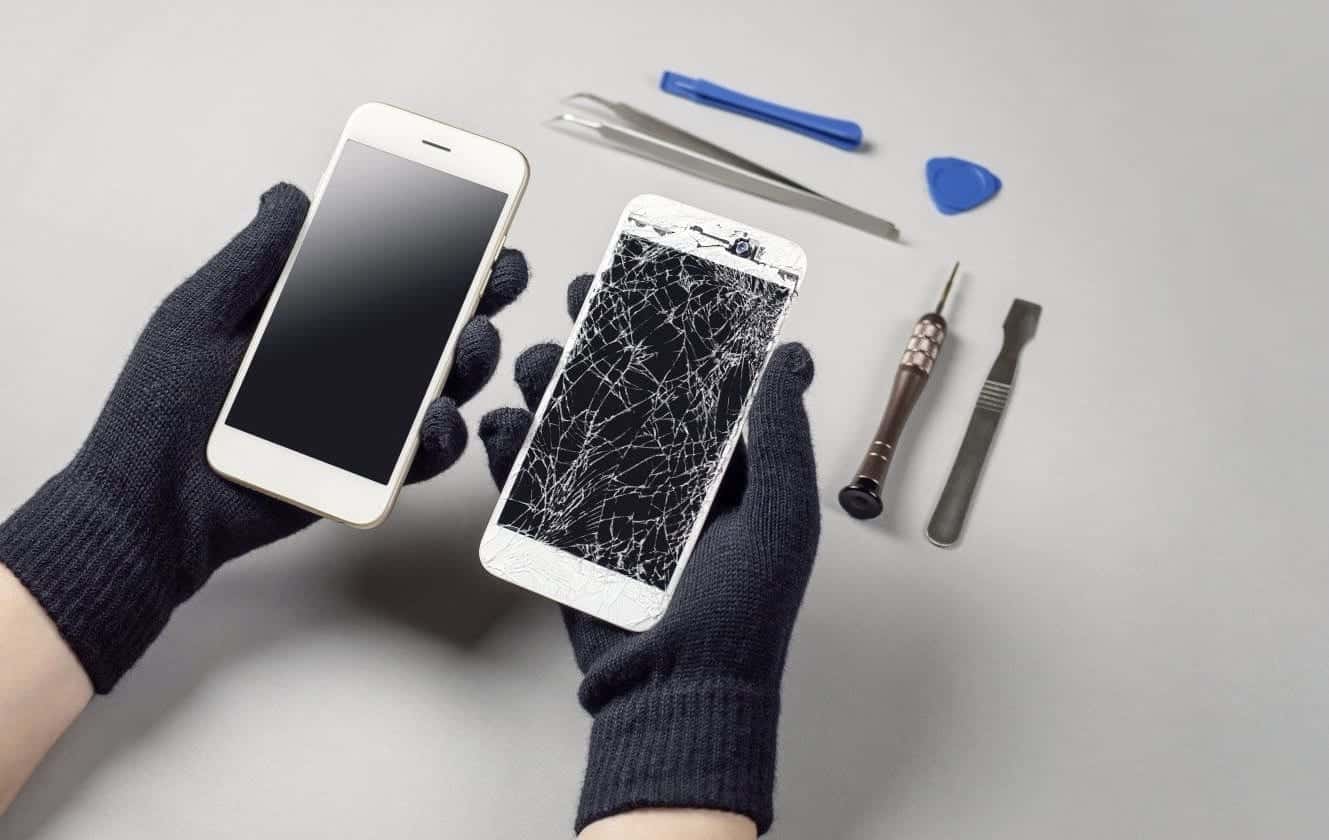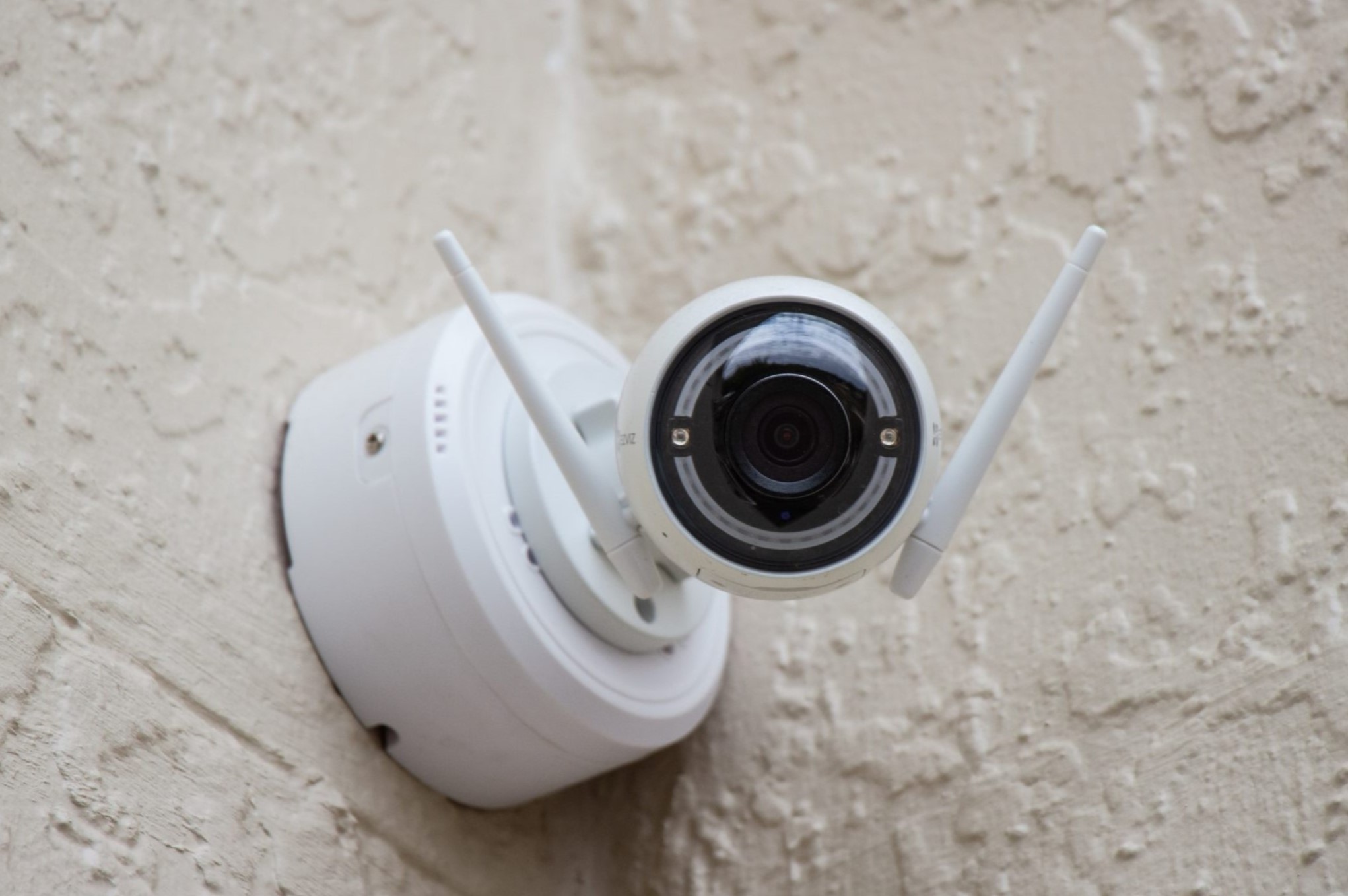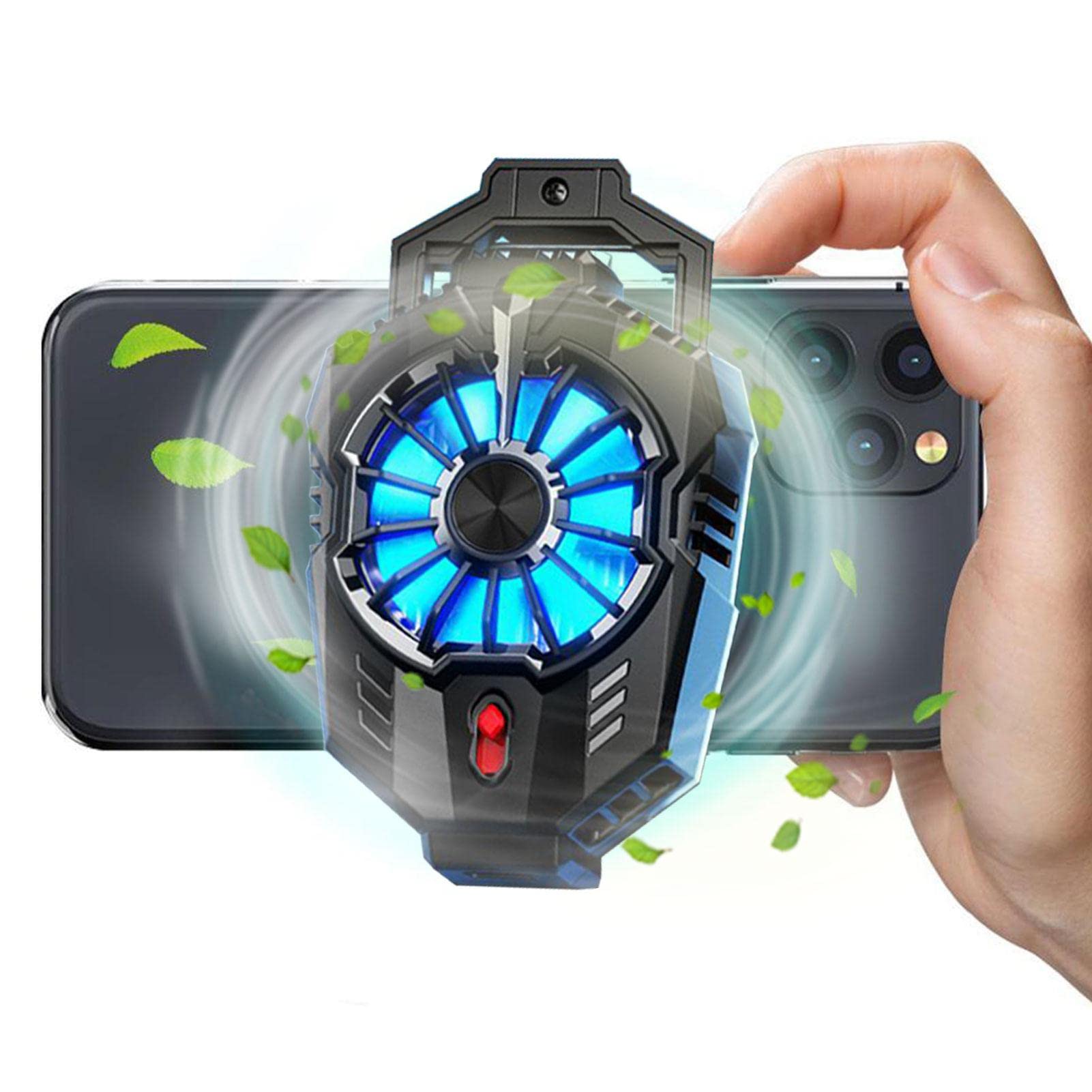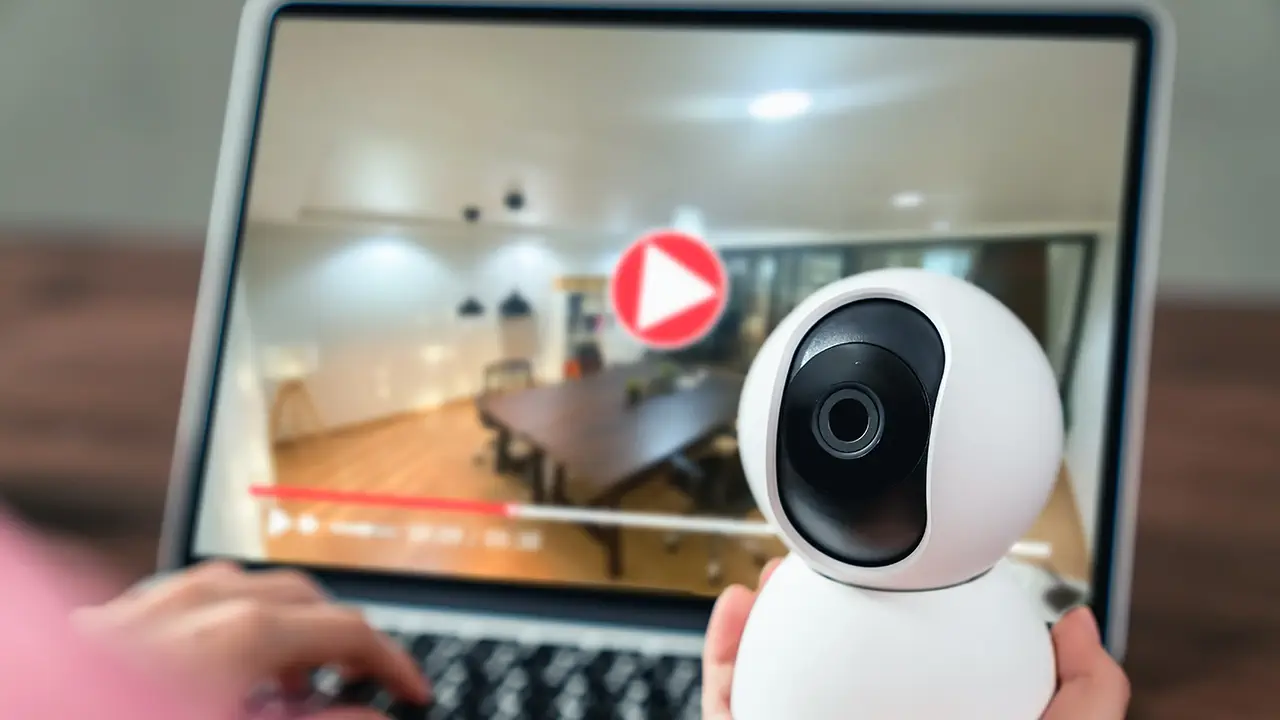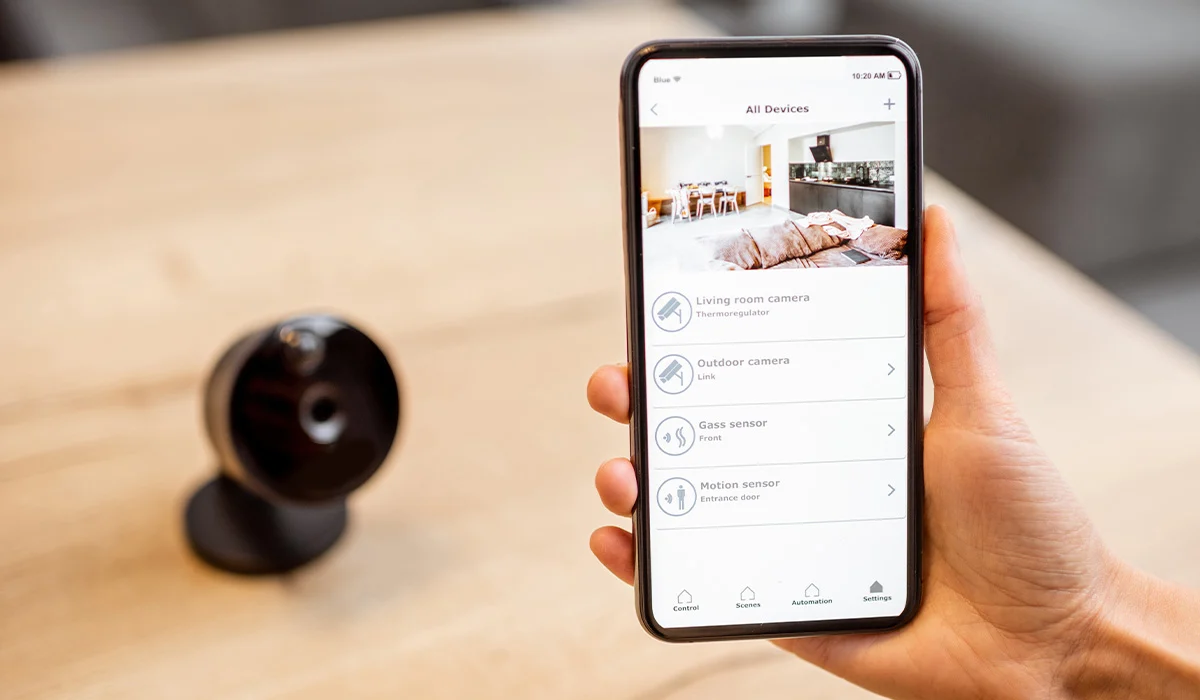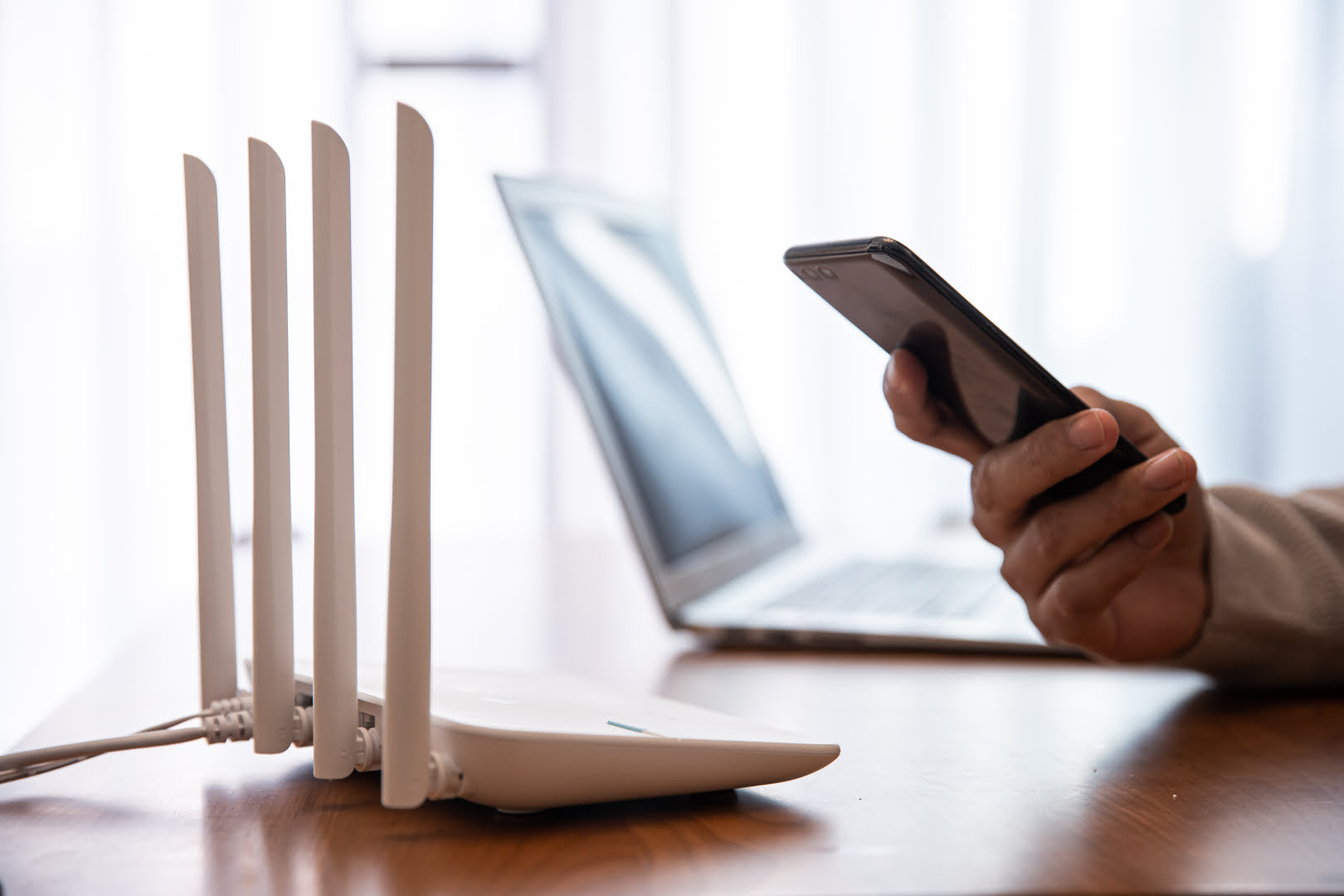Home>Home Security and Surveillance>How To Use Old Cell Phones As Security Cameras
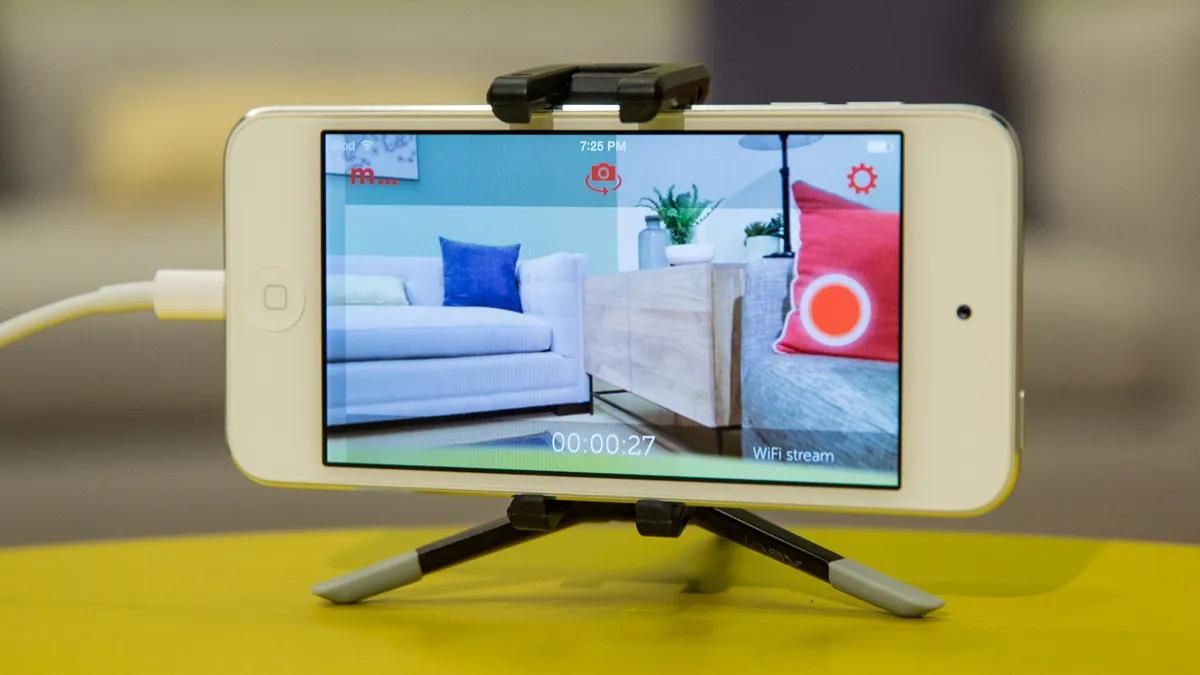

Home Security and Surveillance
How To Use Old Cell Phones As Security Cameras
Modified: November 1, 2024
Learn how to repurpose your old cell phones as security cameras for your home security and surveillance needs. Save money and keep an eye on your property with this easy DIY solution.
(Many of the links in this article redirect to a specific reviewed product. Your purchase of these products through affiliate links helps to generate commission for Storables.com, at no extra cost. Learn more)
Introduction
Welcome to the world of using old cell phones as security cameras! With advancements in technology, it has become increasingly common to repurpose old devices for new purposes. One such exciting application is transforming your old cell phone into a fully-functional security camera.
Home security and surveillance are essential in today’s world, and having a dedicated security camera system can provide you with peace of mind and protect your property. However, investing in a brand new security camera system can be expensive.
This is where the idea of using old cell phones as security cameras comes in handy. By repurposing your old smartphones, you can create a DIY surveillance system without breaking the bank. In this article, we will explore the benefits of using old cell phones as security cameras and guide you through the process of setting them up.
So let’s dive in and discover how you can put your old cell phones to good use, boosting your home security while recycling and reducing waste.
Key Takeaways:
- Repurpose old cell phones as security cameras to save money, reduce waste, and enhance home security with easy setup and remote access capabilities.
- Choose the right cell phone based on camera quality, battery life, and storage capacity to create a cost-effective DIY surveillance system.
Benefits of Using Old Cell Phones as Security Cameras
Repurposing your old cell phones as security cameras offers several benefits that make it an attractive option for home surveillance. Here are some of the key advantages:
- Cost-effective: One of the most significant advantages of using old cell phones as security cameras is cost savings. Instead of investing in expensive surveillance systems, you can make use of devices you already own, eliminating the need for additional purchases.
- Ease of setup: Setting up old cell phones as security cameras is relatively straightforward, especially compared to installing traditional surveillance systems. With the right app and a few simple configurations, you can transform your old phone into a functional camera in no time.
- Flexibility and scalability: Old cell phones provide the flexibility to position your security cameras wherever you need them most. Since most smartphones are compact and lightweight, you can easily mount them in various locations, giving you the freedom to expand your surveillance network based on your requirements.
- Remote access: Many surveillance apps allow you to access your old cell phone cameras remotely. This feature enables you to monitor your home or property from anywhere using your current smartphone or computer. Whether you’re at work, on vacation, or simply in another room, you can keep an eye on things with ease.
- Integration with existing smart home systems: If you already have a smart home system in place, integrating your old cell phone cameras can be seamless. You can connect them to your existing home automation or security system for a more comprehensive and convenient setup.
- Eco-friendly: Repurposing your old cell phones as security cameras is an eco-friendly choice. Instead of letting them gather dust or adding to electronic waste, you are giving them a second life and reducing your environmental impact.
These benefits make using old cell phones as security cameras an attractive option for anyone looking to enhance their home security without incurring significant costs.
Choosing the Right Cell Phone for Security Camera Conversion
When repurposing your old cell phone as a security camera, it’s important to select the right device that meets your specific needs. Here are some factors to consider when choosing the right cell phone for the conversion:
- Camera quality: Look for a cell phone with a high-resolution camera and good low-light performance. This is crucial for capturing clear and detailed footage, especially in low-light conditions.
- Battery life: Opt for a cell phone with a decent battery life, as it will be constantly powered on as a security camera. Choose a device that can handle extended periods of usage without draining its battery quickly.
- Storage capacity: The storage capacity of the phone will dictate how much footage it can store. Consider a cell phone with ample internal storage or one that offers expandable storage options through an SD card.
- Compatibility: Ensure the cell phone is compatible with the surveillance app you plan to use. Check if the app supports the operating system version of the old phone.
- Connectivity: Look for a cell phone with reliable Wi-Fi or cellular connectivity. This will ensure that the camera can transmit footage and receive remote access even if it’s located away from your home’s Wi-Fi network.
- Size and durability: Consider the size and durability of the cell phone, particularly if you plan to mount it outdoors. Choose a device that can withstand various weather conditions and has a design suitable for your intended placement.
It’s worth noting that you don’t necessarily need the latest and most expensive smartphone for this purpose. Depending on your specific requirements and budget, an older model with decent camera capabilities can work just fine.
Once you’ve chosen the right cell phone, you’re ready to move on to the next steps of setting up your old phone as a security camera.
Setting Up Your Old Cell Phone as a Security Camera
Now that you have selected the perfect cell phone to repurpose as a security camera, it’s time to set it up. Follow these steps to get your old cell phone ready for surveillance:
- Reset the phone: Start by performing a factory reset on the cell phone. This will remove all existing data and settings, ensuring a clean slate for its new role as a security camera.
- Install the necessary app: Depending on your preference, choose a reliable surveillance app from the app store on the cell phone. Some popular options include Alfred, Manything, and Presence. Install the app and follow any setup instructions provided.
- Create an account: Sign up for an account with the chosen surveillance app. This step is typically necessary to access and manage your camera remotely.
- Configure camera settings: Open the surveillance app and navigate to the camera settings. Set up preferences such as motion detection, alerts, and video quality to suit your needs.
- Set up Wi-Fi or cellular connectivity: Ensure your cell phone is connected to a stable Wi-Fi network. If you plan to use cellular connectivity, make sure the device has a data plan or a SIM card with an active subscription.
- Test the camera: Mount or position the cell phone in the desired location for surveillance. Open the surveillance app on your current smartphone or computer and check if you can access the live feed. Adjust the camera angle and placement, if needed, to optimize the view.
By following these steps, you’ll have successfully set up your old cell phone as a functional security camera. Now you can move on to the next steps of mounting and connecting your camera for continuous surveillance.
Installing the Surveillance App on Your Old Cell Phone
Installing a surveillance app on your old cell phone is a crucial step in repurposing it as a security camera. Here’s how you can get started:
- Choose a surveillance app: There are numerous surveillance apps available on both iOS and Android platforms. Some popular options include Alfred, Manything, and Presence. Research and select an app that suits your needs in terms of features, compatibility, and user reviews.
- Download the app: Once you’ve chosen the app, open the app store on your old cell phone and search for the selected surveillance app. Tap on the app icon and select the “Download” or “Install” option to begin the installation process.
- Create an account: After the app finishes installing, open it on your old cell phone. Follow the on-screen prompts to create an account if required by the app. This step is necessary to access and manage your camera remotely.
- Grant necessary permissions: During the initial setup or when prompted, grant the app the necessary permissions to use the camera, microphone, and storage on your old cell phone. These permissions allow the app to function as a security camera effectively.
- Configure camera settings: Within the app, navigate to the camera settings section. Set up preferences such as video quality, motion detection sensitivity, and recording options. Customize these settings according to your specific surveillance needs and preferences.
- Test the camera: Once the app is configured, position or mount your old cell phone in the desired location for surveillance. Open the surveillance app on your current smartphone or computer, log in with the same account details, and check if you can access the live feed from the old cell phone camera. Make any necessary adjustments to the camera angle or placement for optimal viewing.
By following these steps, you’ll have successfully installed the surveillance app on your old cell phone and prepared it for its new role as a security camera. Now you can move on to the next steps of positioning, mounting, and connecting your camera for continuous monitoring.
Positioning and Mounting Your Old Cell Phone as a Security Camera
Proper positioning and mounting of your old cell phone as a security camera is crucial to ensure maximum coverage and effectiveness. Here are some tips to help you position and mount your camera:
- Select the right location: Assess the areas you want to monitor and choose strategic locations for your old cell phone cameras. Focus on high-risk areas such as entry points, windows, or valuable possessions. Consider the angle and range of vision needed to capture the desired area.
- Angle and view: Position the camera at an angle that provides a wide field of view, capturing as much of the area as possible. Avoid obstructions that may block the camera’s view or affect its performance, such as curtains or furniture.
- Mounting options: There are various mounting options available depending on your preferences and the camera’s location. These can include wall mounts, tripod stands, adhesive mounts, or specialized camera mounts designed for smartphones.
- Stability and security: Ensure the camera is securely mounted to prevent accidental movement, especially in outdoor or high-traffic areas. Use screws, brackets, or adhesive strips to firmly attach the camera to the chosen surface or mount.
- Concealment or visibility: Decide whether you want your camera to be visible as a deterrent or concealed to catch intruders off-guard. Visible cameras can deter potential intruders, while concealed cameras may capture more natural behavior.
- Adjustable mounts: Consider using adjustable mounts to easily change the camera’s angle or reposition it if needed. This allows you to adapt to any changes in your surveillance needs over time.
- Weatherproofing: If you plan to use your old cell phone as an outdoor security camera, make sure it is protected from the elements. Look for weatherproof cases or mounts that shield the camera from rain, dust, and extreme temperatures.
It’s important to experiment with different positions and angles to find the optimal placement for your camera. Test the camera’s view and adjust as needed to ensure you capture the desired areas effectively.
By following these guidelines, you can position and mount your old cell phone as a security camera to maximize its surveillance capabilities and provide effective coverage for your home or property.
You can repurpose old cell phones as security cameras by downloading a security camera app, setting up the phone in a strategic location, and connecting it to your home Wi-Fi network for remote monitoring.
Connecting Your Old Cell Phone to a Power Source
Ensuring a reliable power source for your old cell phone-turned-security camera is essential to maintain continuous surveillance. Here are some methods to connect your old cell phone to a power source:
- USB power adapter: The most common and convenient method is to use a USB power adapter. This involves plugging the adapter into an electrical outlet and connecting the USB cable to the old cell phone. This allows the phone to charge and remain powered on for surveillance.
- Power bank: If you need to mount the camera in an area without a nearby electrical outlet, a power bank is a great solution. Choose a power bank with a high capacity to ensure extended camera operation. Connect the power bank to the phone using a USB cable.
- Battery case or charging dock: Some smartphones have battery cases or charging docks available. These accessories can provide additional power and allow the phone to operate as a security camera without the need for constant charging through a power cord.
- Smartphone cradle with charging capability: Another option is to use a smartphone cradle with built-in charging capability. This allows you to mount the old cell phone while keeping it continuously charged, ensuring uninterrupted surveillance.
- Wired connection: If you prefer a more permanent setup, you can explore options for a wired power connection. This may involve running a power cable or using Ethernet-powered devices that can simultaneously supply power and data to your old cell phone.
Remember to choose a power source and connection method that suits your specific needs and the location of the camera. Ensure that the power source is reliable and stable to prevent interruptions in the surveillance.
Once your old cell phone is connected to a power source, it will remain powered on and ready to capture any crucial footage for your home security.
Configuring the Settings for Your Old Cell Phone Security Camera
Configuring the settings for your old cell phone security camera is essential to tailor its functionality and optimize its performance. Here are some key settings to consider:
- Camera resolution: Adjust the resolution of the camera to balance video quality and storage capacity. Higher resolutions provide clearer footage but may require more storage space. Choose a resolution that suits your needs and the capabilities of your old cell phone.
- Motion detection: Enable motion detection in the camera settings to trigger recording or send you notifications when any movement is detected in the camera’s field of view. Adjust the sensitivity level to avoid false alarms caused by minor movements.
- Recording options: Determine whether you want the camera to continuously record or only record when motion is detected. Continuous recording ensures that you capture all events, but it may require more storage space. Motion-triggered recording can help conserve storage and focus on significant events.
- Storage location: Choose where the recorded footage will be stored. Some surveillance apps offer cloud storage options, while others allow you to store the footage directly on the old cell phone or an external SD card. Evaluate the available storage options and select the most suitable one.
- Alert notifications: Configure the camera settings to send alerts or notifications to your current smartphone or email when motion is detected. This feature allows you to stay informed about any potential security events in real-time, even when you’re away from home.
- Two-way audio: If your old cell phone has a built-in microphone and speaker, consider enabling two-way audio communication. This allows you to listen in and talk to individuals within the camera’s range. It can be useful for monitoring and even deterring unwanted activities.
- Privacy settings: Ensure that you configure privacy settings appropriately. You may want to enable privacy mode, which disables the camera and microphone when you are at home or in certain designated areas to protect your privacy.
Take some time to explore and adjust these settings based on your specific needs and preferences. It’s a good idea to periodically review and fine-tune the settings to ensure your old cell phone security camera functions optimally.
By configuring the right settings, you can customize and optimize your old cell phone security camera to meet your unique surveillance requirements.
Accessing and Viewing the Live Feed from Your Old Cell Phone Security Camera
Accessing and viewing the live feed from your old cell phone security camera is crucial for effective monitoring. Here’s how you can access and view the live feed:
- Download the surveillance app: Install the same surveillance app on your current smartphone or computer that you installed on the old cell phone. Ensure that you use the same account credentials to log in to the app.
- Open the app: Launch the surveillance app on your current device and navigate to the section that allows you to add a camera or view existing cameras.
- Add the camera: Look for an option to add a new camera within the app. Follow the instructions provided, which usually involve scanning a QR code or entering a unique identifier associated with the old cell phone camera.
- Connect to the camera: Once the camera is added, select it from the list of available cameras. This will establish a connection with the old cell phone and enable you to view the live feed.
- Viewing options: Depending on the surveillance app, you may have various viewing options available. You can typically choose to view a single camera feed, multiple camera feeds simultaneously, or even playback recorded footage.
- Remote access: If you want to view the live feed when you’re away from home, ensure that your current smartphone or computer has an active internet connection. This will allow you to access the camera remotely by using the surveillance app or logging in through a web portal.
- Additional features: Explore other features and options within the app, such as taking screenshots, recording video, or adjusting camera settings remotely. Familiarize yourself with the app’s functionalities to make the most of your old cell phone security camera.
By following these steps, you can easily access and view the live feed from your old cell phone security camera whenever you need to monitor your home or property.
Remember to ensure a stable internet connection and regularly check the app’s settings to ensure proper functioning and access to the live feed.
Read also: 14 Best Cell Phone Security Cameras For 2025
Additional Tips for Using Old Cell Phones as Security Cameras
Repurposing your old cell phones as security cameras is a cost-effective and convenient solution for enhancing your home security. Here are some additional tips to make the most out of your old cell phone security cameras:
- Ensure consistent power: To ensure uninterrupted surveillance, make sure your old cell phone cameras are consistently connected to a reliable power source. Consider using a backup power supply, such as a UPS (uninterruptible power supply), in case of power outages.
- Check for software updates: Regularly check for software updates for both your old cell phones and the surveillance app. Keeping the software up to date ensures that you have access to the latest features, bug fixes, and security improvements.
- Secure your network: Protect your home network by using strong and unique passwords for your Wi-Fi connection. Additionally, consider enabling network encryption, such as WPA2, to secure the communication between your old cell phone security cameras and your viewing devices.
- Optimize camera placement: Experiment with different camera placements to find the optimal position and angle for coverage. Consider the range of the camera’s view, potential obstructions, and the areas you want to monitor most closely.
- Set up motion detection zones: Most surveillance apps allow you to set up specific motion detection zones. By defining these zones within the camera’s field of view, you can receive alerts and trigger recordings only when motion is detected in important areas.
- Regularly review recorded footage: Take the time to review recorded footage periodically. This can help you identify any suspicious activity, have evidence in case of a security incident, and make necessary adjustments to your camera placement or settings.
- Consider the lighting conditions: Pay attention to the lighting conditions in the areas you are monitoring. Some old cell phones may struggle in low-light environments. Consider adding additional lighting or investing in devices with better low-light performance if needed.
- Protect your privacy: Ensure that your surveillance app settings prioritize your privacy. Review access control options, such as using secure login methods and restricting access to viewing the camera feed to authorized individuals only.
- Back up important footage: If your surveillance app allows it, back up important footage to a separate storage location or cloud storage. This will help ensure that critical footage is not lost in case of device failure, theft, or other unexpected events.
- Consider professional monitoring: While DIY surveillance with old cell phone cameras is a cost-effective option, it may not provide the same level of security as professional systems. Consider supplementing your setup with professional monitoring services for enhanced protection.
By following these tips, you can optimize the functionality and effectiveness of your old cell phone security cameras, providing you with a reliable and affordable home security solution.
Remember to regularly maintain and review your setup to ensure its continued functionality and effectiveness in protecting your home or property.
Conclusion
Repurposing your old cell phones as security cameras offers a cost-effective and environmentally-friendly way to enhance your home security. By transforming your unused devices into functional surveillance tools, you can create a DIY camera system without the need for expensive equipment.
The benefits of using old cell phones as security cameras are numerous. Not only does it save you money, but it also allows for easy setup and flexibility in camera placement. With remote access capabilities, you can monitor your home or property from anywhere, providing you with peace of mind.
When choosing the right cell phone for this conversion, consider factors such as camera quality, battery life, storage capacity, and compatibility with surveillance apps. These factors will ensure that your old cell phone is capable of capturing clear and reliable footage.
Once you have selected the appropriate cell phone, follow the step-by-step process to set up your old phone as a security camera. Install a reliable surveillance app, configure the settings, and position and mount the camera in strategic locations for optimal coverage.
Ensure that your old cell phone is consistently connected to a power source and that you regularly review and adjust the camera’s settings. Access the live feed from your current smartphone or computer through the surveillance app for real-time monitoring.
Additionally, consider implementing additional tips such as securing your network, setting up motion detection zones, reviewing recorded footage, and protecting your privacy to maximize the effectiveness of your old cell phone security cameras.
In conclusion, repurposing your old cell phones as security cameras is an accessible and budget-friendly way to bolster your home security. It allows you to repurpose existing devices, reducing electronic waste while providing reliable surveillance. So, put your old cell phones to good use and enjoy the peace of mind that comes with having an economical yet effective security camera system.
Frequently Asked Questions about How To Use Old Cell Phones As Security Cameras
Was this page helpful?
At Storables.com, we guarantee accurate and reliable information. Our content, validated by Expert Board Contributors, is crafted following stringent Editorial Policies. We're committed to providing you with well-researched, expert-backed insights for all your informational needs.


